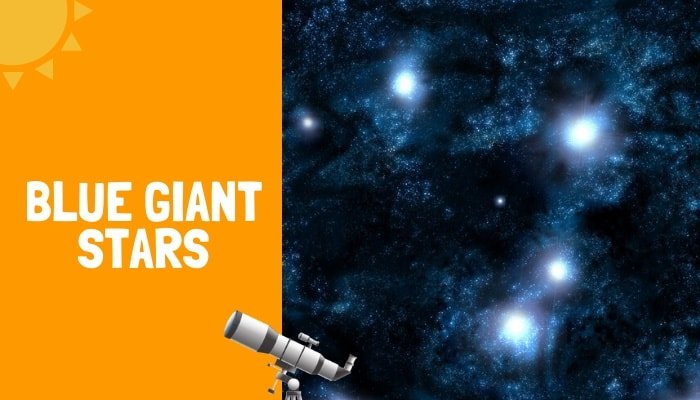The Whirlpool Galaxy, situated close to our own Milky Way and a familiar one for astronomers and stargazers alike is the first galaxy of its kind classified as spiral because of its shape.
When Charles Messier was looking for comets in the 18th century, he discovered a galaxy that was so intricate and beautiful. It looked like something from another world.
The Whirlpool Galaxy is located to the north of the Sagittarius constellation. It can be found by following an easternmost star on Big Dipper’s handle once you find Polaris, which marks North Star.
Astronomers are fascinated with this spiral structure because they know what kind of interaction it has been having with its neighbor M51b ever since 1773 when Messier first spotted them both while charting out galaxies that could have been mistaken as comets at a glance!
Facts About Thye Whirlpool Galaxy
- The discovery of the spiral structure in 1845 is still a remarkable moment in astronomy. William Parsons began to realize that there was something different with these galaxies when he noticed the Whirlpool and M51b with his telescope at Birr, Ireland (1845).
- The two galaxies are on a collision course and will be merging with one another soon.
- The M51b is a dwarf galaxy, but it has been significantly affected by the presence of our Milky Way.
- As the two galaxies merge, a bridge of dust and gas appears to link them together.
- The interaction of these galaxies has caused outbreaks in star birth.
- It is believed that the Whirlpool galaxy has a supermassive black hole at its center and is surrounded by clouds of dust, or an entire ring.
- The Whirlpool’s companion, called M51b, is a dwarf galaxy. It can’t be easily classified because it has been torn apart by the ongoing interaction.
- The Whirlpool Galaxy is a close neighbor to the Milky Way and it’s about 23 million light-years away. Its diameter measures 60,000 light-years.
- This galaxy is quite small, but not by much. It’s a mere 35% the size of our own Milky Way!
- Three rare supernovas have been discovered in the Whirlpool Galaxy, as of February 2016.
Whirlpool Galaxy Profile
| Designation: | M51, M51A, or NGC 5194 |
| Type: | Spiral |
| Diameter: | 60,000 lightyears |
| Distance: | 23 million lightyears |
| Mass: | 160 billion solar masses |
| Constellation: | Canes Venatici |
| Discovery Date: | 1773 |
| Approximate Number of Stars: | 100 billion |
Whirlpool History
The Whirlpool Galaxy has been easily viewed from Earth for millennia and is bright enough to be seen anywhere on the globe. Its magnitude of 8.4 makes it one of the brightest galaxies in our night sky!
The Milky Way Galaxy was once thought to be the limit of space, but now we know it is just one galaxy among many.
With time, astronomers began to believe that the other images they saw in the night sky were nebulae. Charles Messier is credited with locating M51 and plotting it at 31 million light-years from our Earth in the Canes Venatici constellation.
It took until 1845 for the Whirlpool galaxy to get an official designation and be acknowledged as a spiral galaxy, but it was first discovered in 1773.
From his palace in Ireland, William Parsons could see the stars. He purchased a telescope to view even more and one night he saw something new spiral galaxies! This leads him to study these spirals so much that now they are called “Parsons Spirals.”
The Whirpool Galaxy is a popular place for scientists and astronomers because it’s the first spiral galaxy to be identified.
Those that study the Whirlpool galaxy are particularly fascinated with its interactions with M51b, a dwarf galaxy neighbor.
Whirlpool Structure
The astronomers cannot seem to find a consensus on how close the Whirlpool Galaxy is to Earth. Most agree that it’s around 23 million light-years away, but others have said anywhere between 15 and 35 million light-years away.
There are many theories that account for how far away the stars in our universe really are. But researchers at Princeton University have finally found a way to measure their distance. By using data collected from an exploding star.
In order to calculate this number, they used light-years as units of measurement and looked up information on a supernova explosion that occurred 23 million light-years ago.
Using these calculations we can now better understand where all those stars out there might be located!
Cosmic objects are so hard to detect that even the smallest shifts in their position can have significant effects on how they’re measured.
The large percentage of supernova star explosions that occur in the Whirlpool galaxy is fascinating to astrophysicists.
The Hubble Space Telescope has taken images of M51 showing the infrared light red tones and the abundance of hydrogen in regions where star formations are most prominent.
The telescope has also captured pictures of the blue color of hot, young stars as well as the older stars that appear in yellow color. They continue to focus on how they interact with each other: M51b and Whirlpool galaxy.
The Whirlpool galaxy has offered scientists an incredible opportunity to watch its structure as it creates new stars.
Astronomers have observed that the largest stars, over time, cause gas around them to radiate away so they don’t burst.
While it is not known how long these blue stars will last, the data obtained from them has already helped scientists better understand this galaxy.



